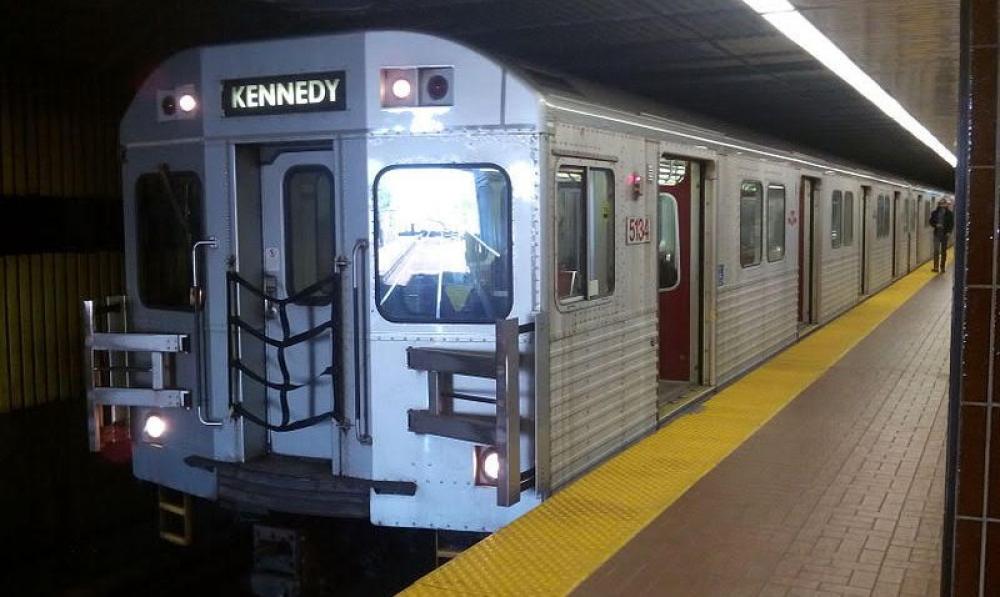Just Earth News | @justearthnews | 07 Sep 2017, 07:09 am Print

The study also found that concentrations of fine particulate matter on the Toronto subway system are roughly 10 times the level found outside TTC stations and almost three times greater than those on Montreal’s Metro and five times higher than those on Vancouver’s SkyTrain, reported TheStar.
Councillor Joe Mihevc, who sits on the board said, “There are hundreds of thousands of people who use it every day, so you want to make sure that that subway is functioning well, from an air quality point of view.”
Kevin Morton, secretary-treasurer of Amalgamated Transit Union Local 113 -- TTC’s largest workers' union – said, “I don’t believe that (subway air is) safe for the worker who works there eight to 10 hours a day. I think it has long-term, detrimental effects on a worker’s health.”
The TTC board said that third-party consultants have been appointed to conduct the study over a one-year period. They will measure pollution levels in the subway system air as well as monitor the exposure of the transit workers who spend the most time underground.
Andy Byford, TTC chairman said that in recent years he had introduced several measures to ensure cleaner subway trains.
TTC, said Byford, had also been working hard to remove debris and dust from tunnels, including ordering a state-of-the-art vacuum train equipped with a HEPA filter.
Toronto Public Health will carry out a separate assessment to determine the health risks posed to members of the public.
The study will also evaluate asbestos, crystalline respirable silica, diesel exhaust, and 30 different metals.
Image: ViaAmtrakGuy/Wikipedia
- US: Pro-Palestinian protesters refuse to disband from Columbia University
- Horses run loose in London city, later recovered by cops
- Silence the guns, amplify women’s voices for peace to end rape in wartime
- Timur Ivanov: Russian Deputy Defence Minister detained over accusation of taking bribery
- Suspected Chinese spies detained from China,UK






